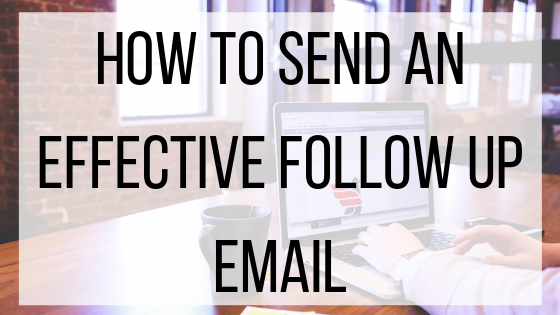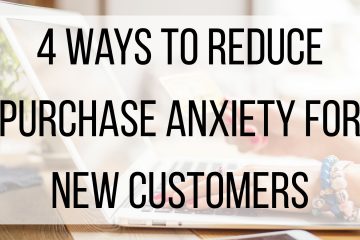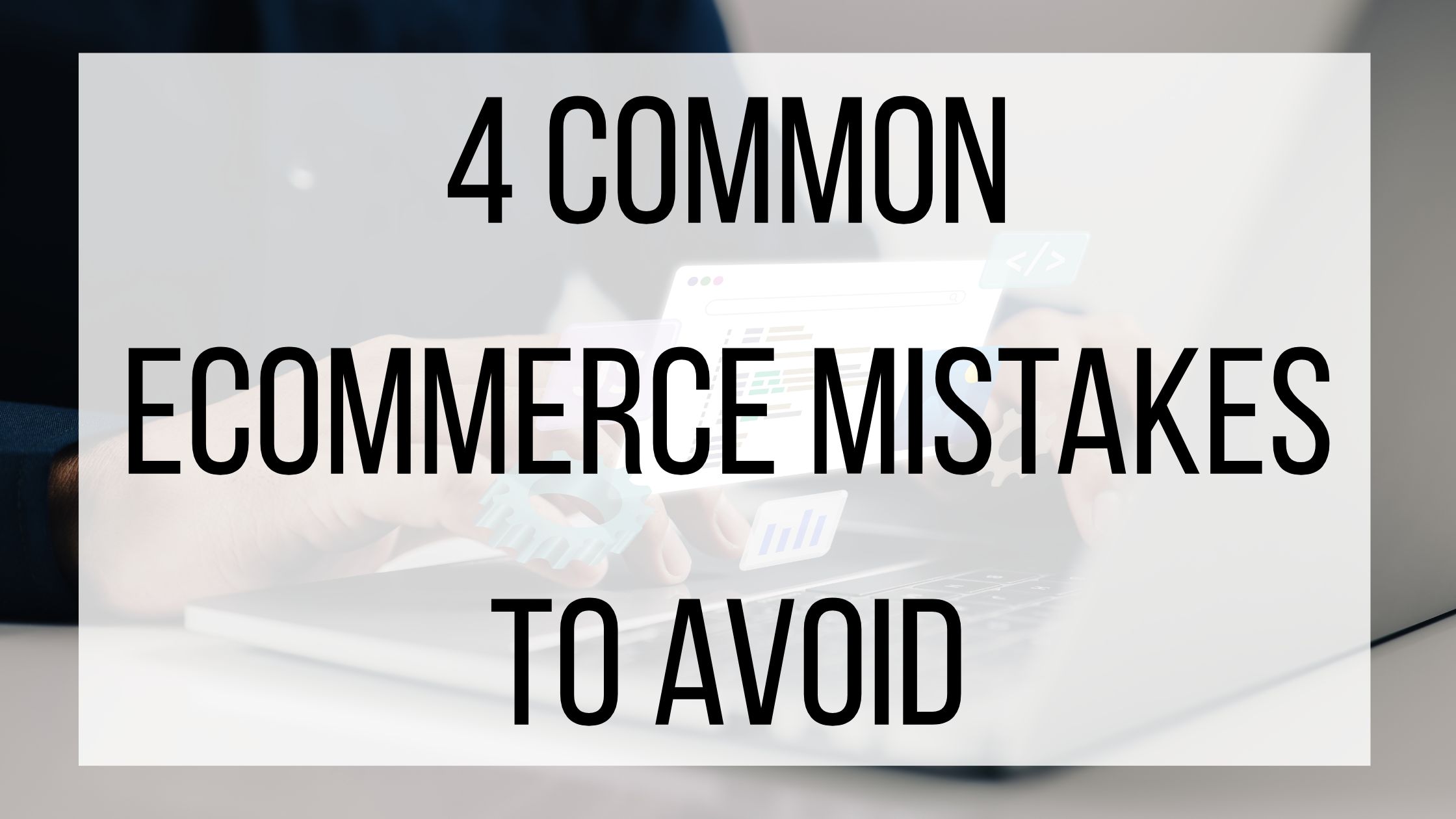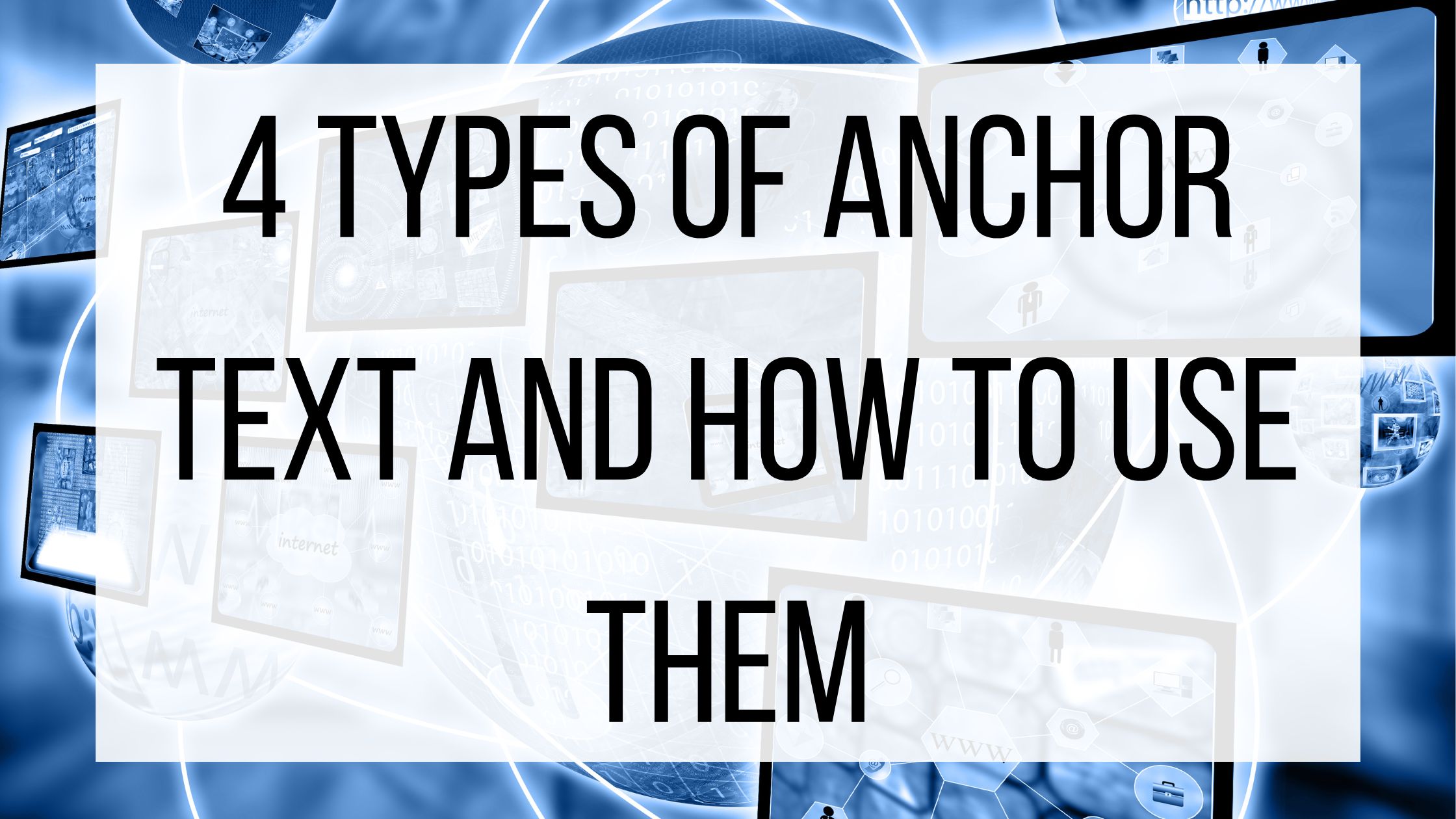How To Send An Effective Follow Up Email

As a businessperson, getting in touch with new connections is often a part of daily life. For some, this means sorting through emails and deciding if what is being offered is a good fit for your company. For others, this means creating an email that is effective enough to warrant a response. Networking can be tricky, especially via email with others that you do not have an established relationship with. If you are on the end sending the emails, it can be tempting to send multiple follow up emails, or use misleading subjects to get a response. While getting ignored is frustrating, you want to keep your follow up emails as professional and honest as you can. Here are a few tips to help get you started.
Personalize:
You should be taking this step in the first email, but it never hurts to double check. Make sure you are sending your email to the correct point of contact, and that you have the correct name. Calling someone by the wrong name lowers your credibility significantly, and in many cases will cause the recipient to delete your email without even reading it. Unless you are sending out mass emails (which in most cases you should not be doing) take a few minutes to research who currently holds the position you are reaching out to, and that they are the one who should be receiving the email. If you truly cannot find the name of the person you are trying to reach, stick with a simple “Hello”. If the response to your first email is to inform you that you have reached the wrong person, thank your original contact for the reply and new contact information.
Give it some time:
While you are likely excited about your pitch and anxious to hear back, the recipient might be having a busy week, or need some time to research and discuss with their team what you are offering. Being persistent is something many salespeople pride themselves on, but do not take it too far and become a nuisance. It also sends a signal to prospects that you are not that busy, and you do not have anything better to do than send them numerous emails. This is an obvious red flag, and signals that you are desperate and not in demand. Instead, give prospects 3-7 days to get back to you.
Adjust your content:
If you gave a prospect a respectful amount of time to respond and still haven’t heard back, see how you can send them new content with the same message. Whatever you do, do not copy and paste the first email. This comes across as lazy and impersonal. Come up with a new subject, new greeting, and a creative new way to present your ideas to them. Re-think your closing call-to-action as well. Changing your CTA can make it easier for the prospective client to reach out to you, by starting with simple questions and answers. Asking specific, targeted questions help them realize that you are human, and genuinely interested in working with them, rather than a sales bot sending out emails all day.
Be clear and respectful:
Especially if you wrote a chatty first email, keep the follow up short and sweet. While you want to build a relationship with prospective clients, you also want to let them know exactly why you are reaching out. Tell them what it is that drew you to their company, and offer a solution to any problems they might be encountering. Make it clear how you would like to further connect with them- via phone call, at an event, or over coffee. Furthermore, keep any passive aggressive tones out of your email. Saying things such as, “This is my third attempt at reaching you” puts your prospect on defense and alienates them. Use positive phrases, such as “wanted to touch base” to give them a gentle reminder.
Follow up emails can be a great asset to your sales team if you use them correctly. It is easy to get frustrated from not hearing back from prospective clients, but by being respectful and professional you will show them that you are a pleasant company to work with, which will lead to new relationships and future sales.



4 Comments
beetv · September 9, 2023 at 2:43 am
Sending a well-timed follow-up email can significantly boost response rates. I’ve found that including a clear call to action, just as you’ve suggested, is crucial. It’s all about maintaining that valuable connection. Thanks for sharing these insights!
tunnel rush · March 10, 2024 at 10:50 pm
I commend your dedication and diligence in producing information of exceptional quality. Your fervor for the issue is clearly evident in your writing.
BeeTV APK · May 1, 2024 at 10:09 pm
Yeah its amazing
BeeTV APK · May 2, 2024 at 12:33 am
Wow! it’s an amazing information. Will help me in my work.